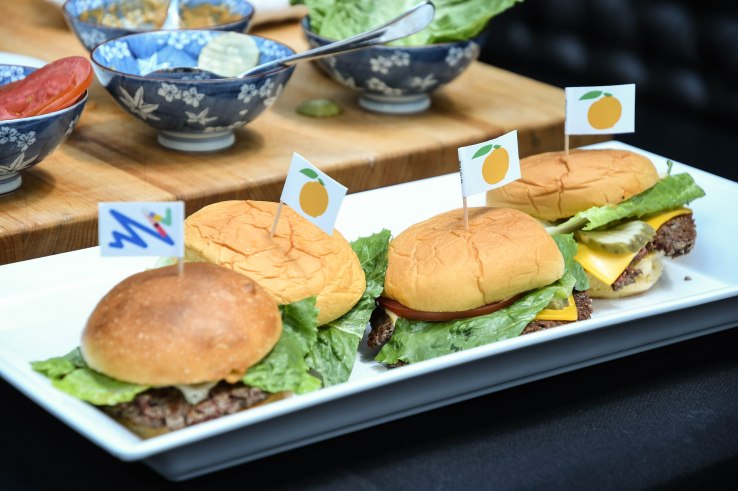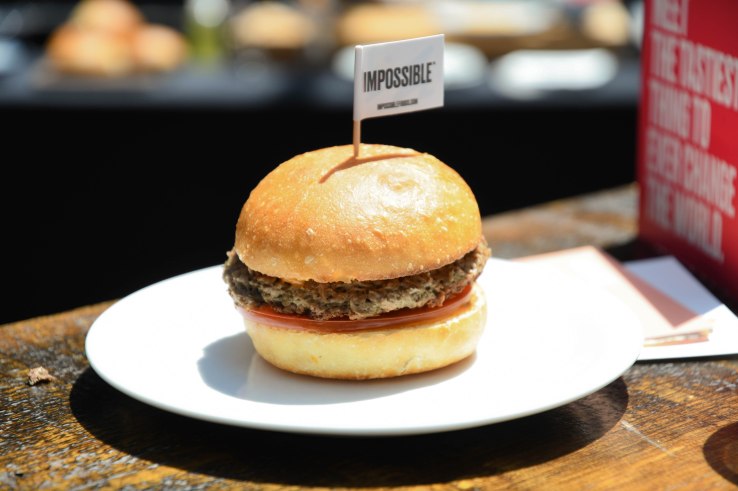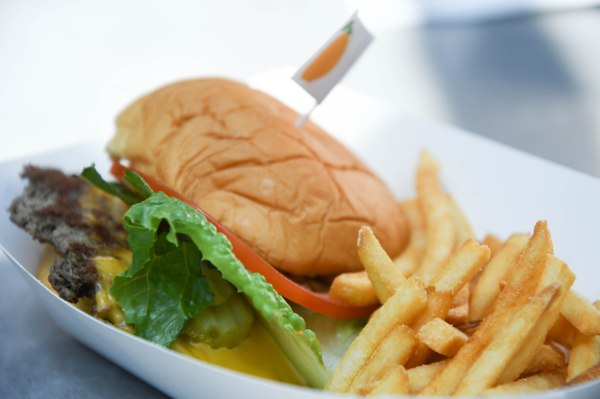On a random morning, if you’re invited to come watch David Chang: chef, personality and owner of the Momofuku restaurants cook a “meat burger made of plants” — you go.
There’s some backstory here: Impossible Foods, lead by Patrick Brown — a biochemistry professor at Stanford of 25 years — dedicated $80 million in research over five years to developing a bleeding, plant-based cheeseburger without harmful preservatives.
The catch? Besides having to taste and behave like real beef when handled, the consumer cost had to be no more expensive than organic ground beef you’d find at Whole Foods or Trader Joe’s. Brown does have plans to make it just as affordable as supermarket grade beef, but this would only be possible with the success of the brand, and of course, consumer adoption of the patty.
So How Does It Taste?
The short answer: pretty good.
That all sounds dandy, but then the questions started piling up: what is it made out of?
The long answer of a gourmand: so far, nothing comes closer to eating a real burger than this one…made of plants.
I want to dispel the notion that it feels like you’re eating a vegetable patty stacked between two pieces of bread. Instead you’re consuming something warm, with the browning and texture you’ve come to expect of real beef. This is partly thanks to the discovery of a molecule called “heme”, which gives real meat its “look”, and which is more prevalent in animals than in plants, which made it more challenging to recreate.

The quarter-pound patty is firm and has sufficient flavor to take the place of an unseasoned piece of beef, cooked to about well-done. Diners can request a thicker burger, cooked to rare, medium-rare, well-done, etc.
That all sounds dandy, but then the questions started piling up: what is it made out of?
As it turns out, most of the ingredients in the patty, like potato proteins, xanthan gum used for texture, water, textured wheat protein, coconut oil and other “natural flavors”, can be found in many professional chef’s kitchens. So, it’s not made of anything scandalous, and carries more protein for fewer calories than traditional beef, according to Brown and co.
Also, how is “lab meat” preserved?
According to Chang himself, the Impossible Burger meat is handled just like all other meat perishables: it’s shipped, refrigerated and unloaded from the production facility to Nishi in New York, then is handled with care. It’s worth noting that the patty can also be preserved frozen, then cooked and consumed.

Fast-forward five years of development and the culinary community is beginning to take notice: David Chang has given his approval, adding his own version of the “Impossible Burger” to Nishi’s menu. The plant-based burger is available starting tomorrow, for $12 with a side of fries.
